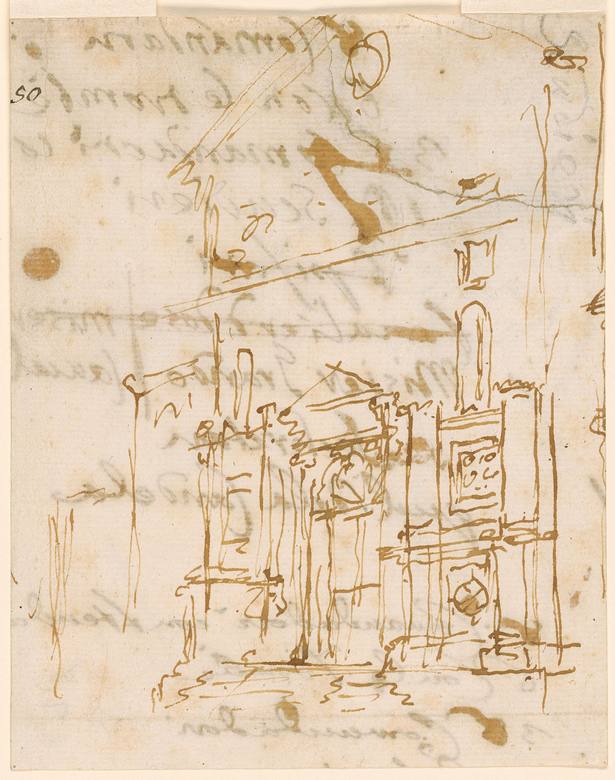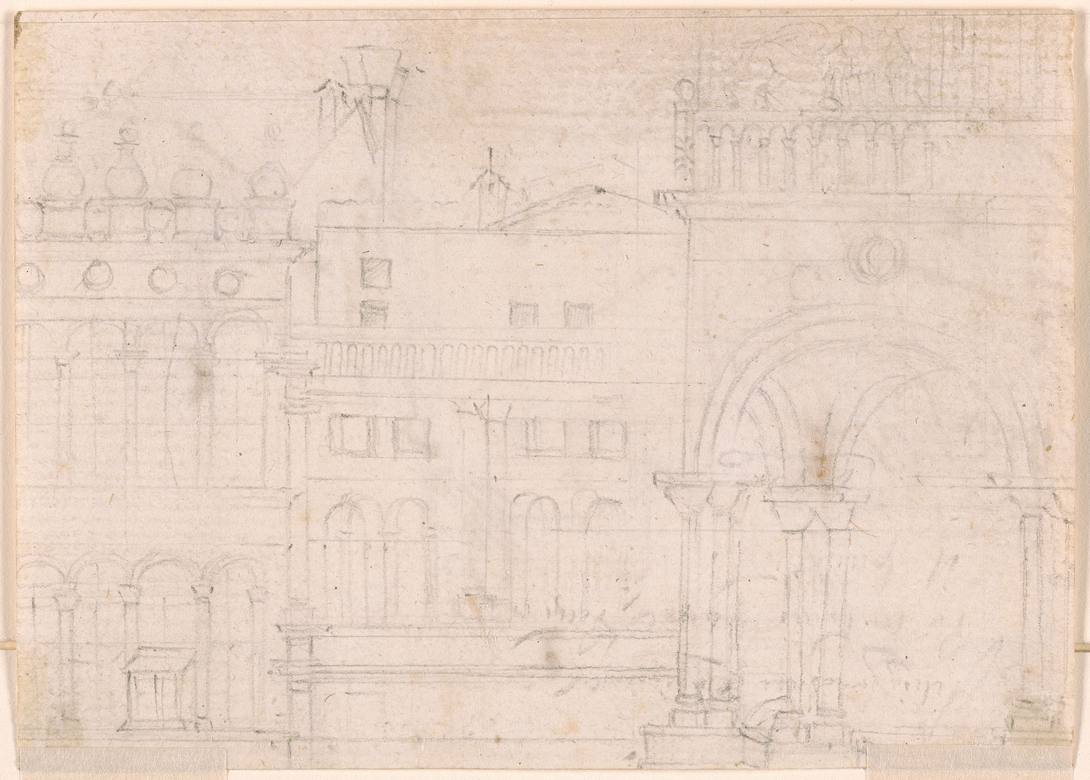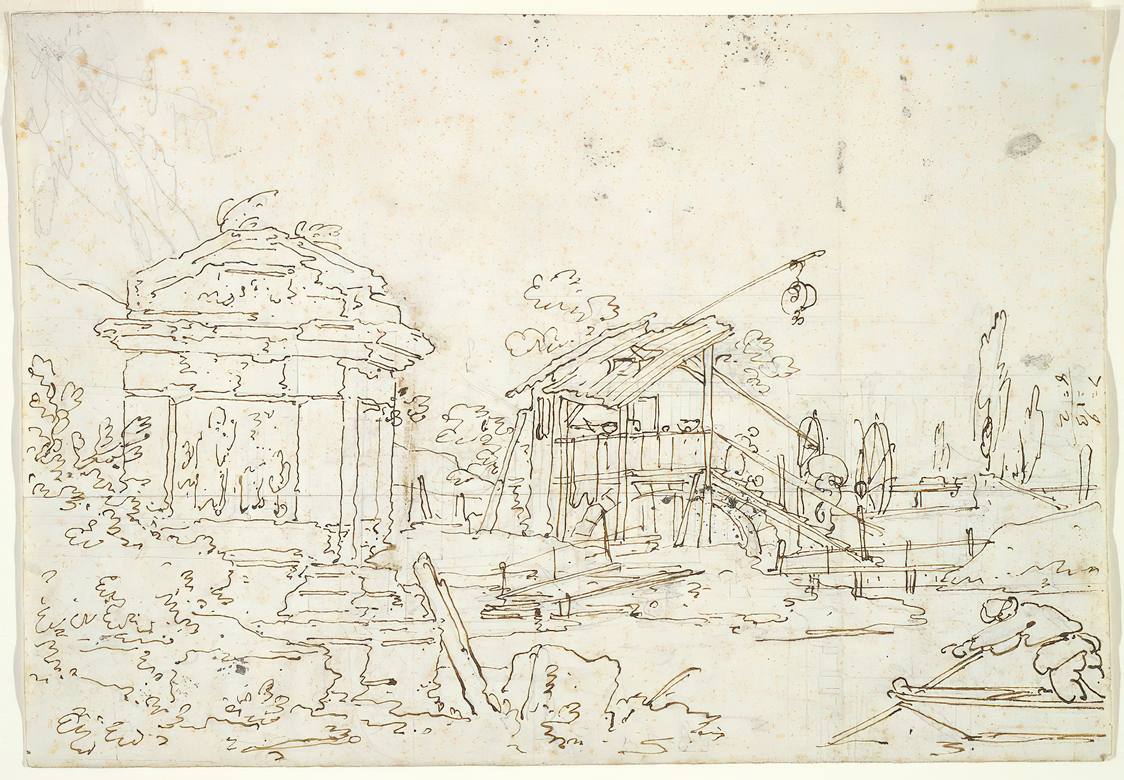
Rough Sketches
The first draft of an idea that Canaletto was feeling had a potential for making a good final drawing or painting?
The images that you can find on this page are recognized draft sketches, ideas, and ways of occupying space with the first flashes of Canaletto's imagination.
In these first drafts, he was very likely jotting down ideas and checking if there could be potential for making a painting, and checking out the symmetries on the final composition, and how buildings would fill up the space and show their personalities, or gain one.
Most of these sketches come from real Venetian views, while others are unrefined first drafts for future Capricci paintings.
As much as Venice offers important scenery spots that could delight Canaletto's public, looking for new ones was definitely something he was always putting in his paintings.
Some other "commercial" painters basically replicated over and over the most successful images that tourists went for, and were happy to buy.
Giovanni Paolo Panini (or Pannini) (1691-1765) was almost a Canaletto's contemporary, and can be considered a clear example of this working/business approach.
It is very likely that Canaletto got in touch with him during his stays in Rome (1716 & 1719-20) when he was a young boy painting Theatre Sceneries with his father Bernardo.
We also have to consider that all oil paintings were done - by Canaletto - in his studio, so the production process started, most of the time, with a first draft sketch, very likely developed into a more precise drawing, and then going for the final painting work: nothing new, as a working method.
In some of these sketches we sometimes find notes for the preparation of the painting work: colors, (G for Giallo, Yellow - R for Rosso , Red, for example) or location of the sun reflection, or the name of the place that would very likely become the name of the painting itself.
![Canaletto: [ca. 1720] - A Bridge Near a Church in Venice - Drawing - Pen and brown ink, on ivory laid paper - Art Institute Chicago](../images_db/Canaletto_1720ca__d225_A-Bridge-Near-a-Church-in-Venice.jpg)

![Canaletto: [ca. 1763-68] - Interior of the Basilica of San Marco, Showing the Crossing and the Choir - Drawing - Pen and brown ink over black chalk - Metropolitan Museum of Art, New York](../images_db/Canaletto_1763-68ca__d222_Interior-of-the-Basilica-of-San-Marco,-Showing-the-Crossing-and-the-Choir-MET-DT3170.jpg)


![Canaletto: [ca. 1730] - Fabbriche di fronte alla Chiesa della Salute (Buildings in Front of Santa Maria della Salute) - Drawing - Pen, brown ink, and traces of black chalk on white paper - Gallerie dell'Accademia di Venezia](../images_db/Canaletto_1730ca__d262_Fabbriche-di-fronte-alla-Chiesa-della-Salute--Gallerie-dell'Accademia-di-Venezia-(1698r)-gp.jpg)
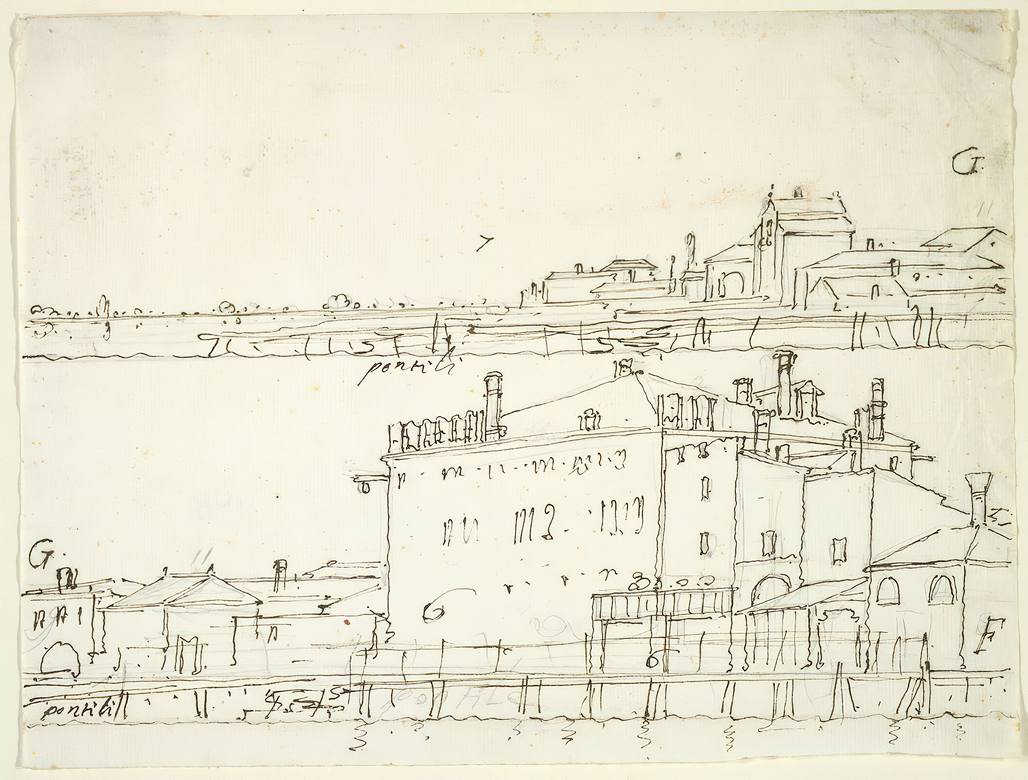
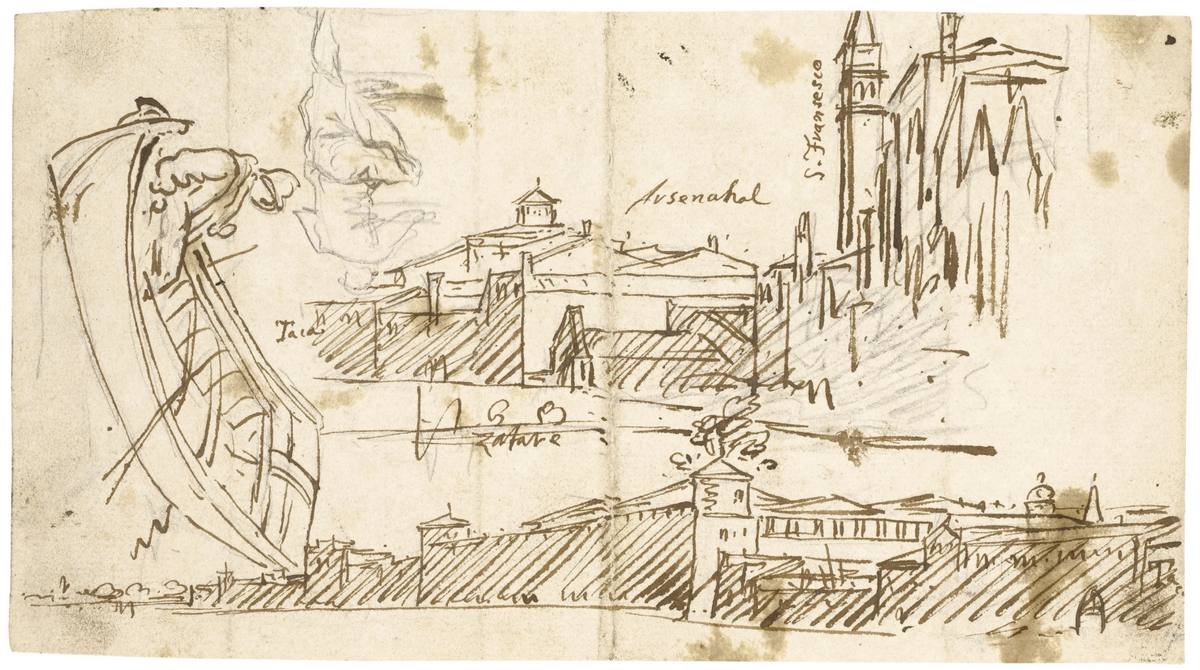
![Canaletto: [1729] - A View across the Piazzetta towards S.Giorgio Maggiore - Sketch - Pen on white paper - Private Collection - Professor William Bateson, Professor William Bateson](../images_db/Canaletto_1729__d281_A-View-across-the-Piazzetta-towards-S.Giorgio-Maggiore--sketch-Clip0005-II_A-gp.jpg)
![Canaletto: [1720-30] - View of the old Fish Market in Venice - Drawing - Pen and brown ink over traces of graphite, ruled in graphite, on cream laid paper - Philadelphia Museum of Art](../images_db/Canaletto_1720-30__d265_View-of-the-old-Fish-Market-in-Venice--Philadelphia-Museum-of-Art-1984-56-114new.jpg)
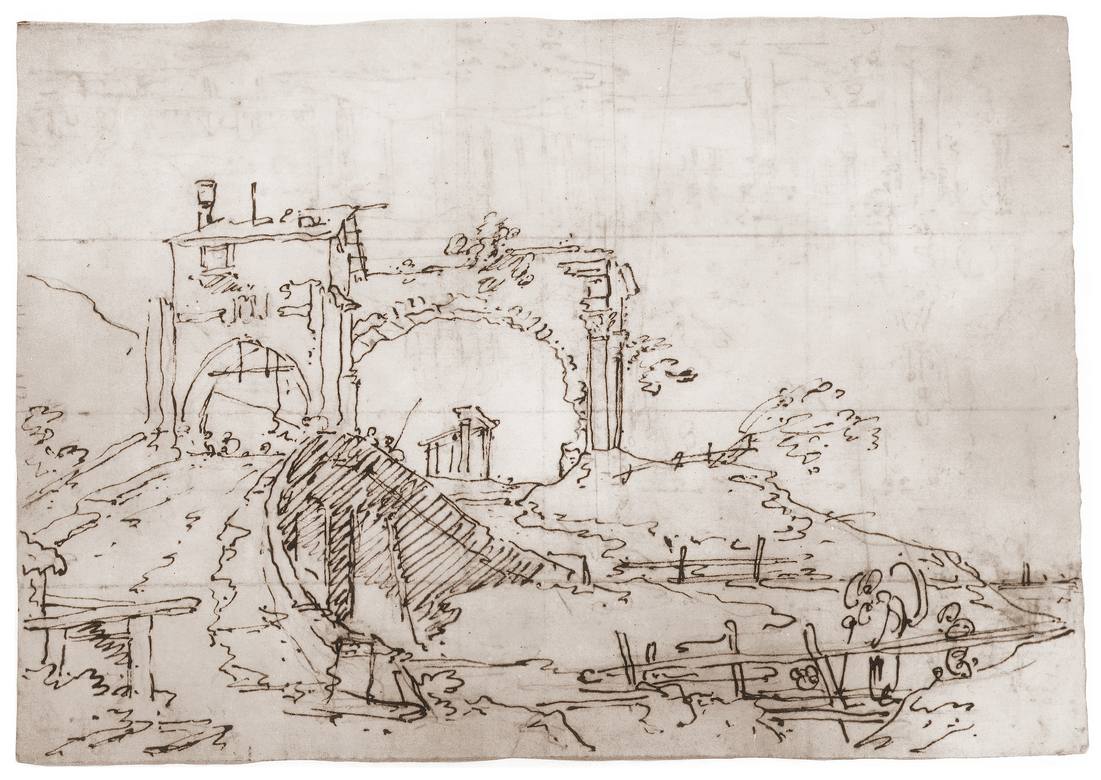
![Canaletto: [1740-43] - St. Mark's Square - Study of the Facade of the Basilica and the Doge's Palace - Drawing - Pen and brown ink - Private Collection, Venezia](../images_db/Canaletto_1740-43__d264_St.-Mark's-Square--Study-of-the-Facade-of-the-Basilica-and-the-Doge's-Palace-gp.jpg)
![Canaletto: [ca. 1730] - Veduta dal traghetto del ponte della Salute - Drawing - Pen, brown ink, and traces of black chalk on white paper - Gallerie dell'Accademia di Venezia](../images_db/Canaletto_1730ca__d263_Veduta-dal-traghetto-del-ponte-della-Salute-(1698-V)-gp.jpg)
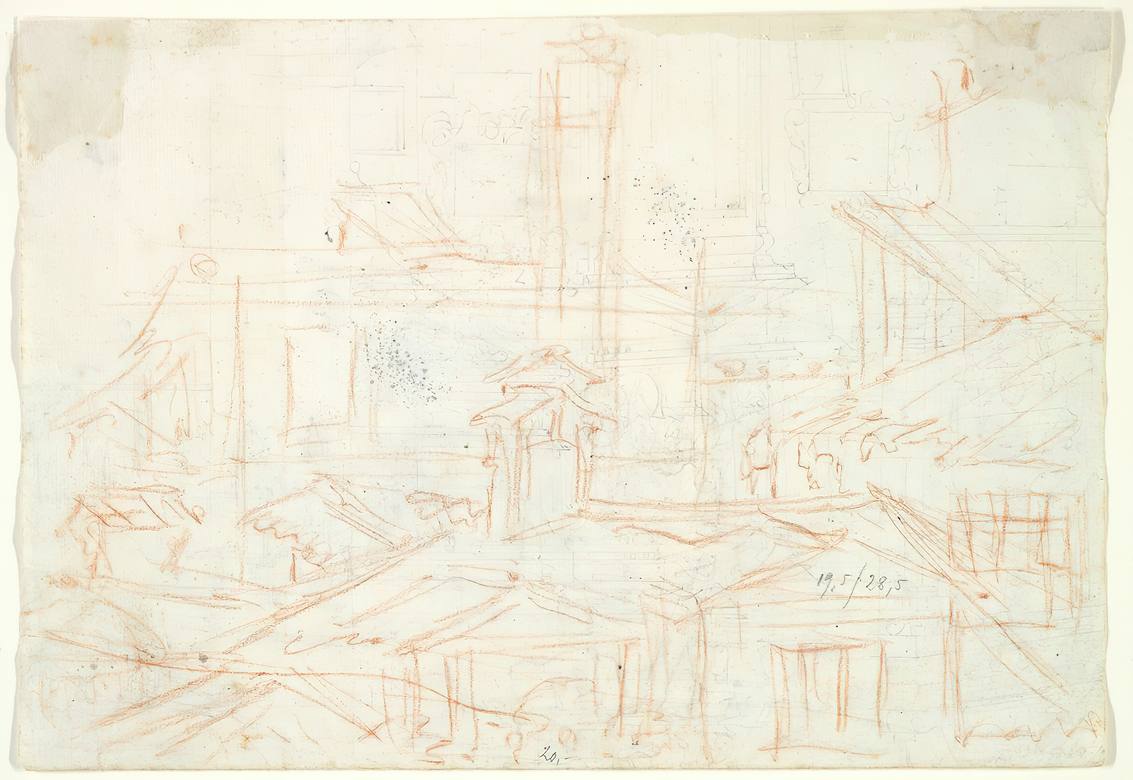
![Canaletto: [ca. 1727-29] - A Magnificent Pavilion by the Lagoon - Drawing - Pen and brown ink, over traces of graphite - Metropolitan Museum of Art, New York](../images_db/Canaletto_1727-29ca__d221_A-Magnificent-Pavilion-by-the-Lagoon-MET-DT3166.jpg)
![Canaletto: [ca. 1725] - Veduta del Ponte di Rialto (The Grand Canal near the Ponte del Rialto) - Drawing - Pen and brown ink with red and black chalk on paper - Ashmolean Museum, Oxford](../images_db/Canaletto_1725ca__d234_Venice_The_Ponte_di_Rialto__1191511-Ashmolean-gp.jpg)

![Canaletto: [ca. 1730-5] - Verso - Two sketches of barges - Drawing - Pen and ink over pencil - Royal Collection Trust, RCIN 907442](../images_db/Canaletto_1730-5ca__d054_Verso--Two-sketches-of-barges--RCIN-907442.jpg)

![Canaletto: [ca. 1727-29] - The Grand Canal, with the Rialto Bridge from the South - Drawing - Pen and brown ink, over traces of graphite - Metropolitan Museum of Art, New York](../images_db/Canaletto_1727-29ca__d221a_The-Grand-Canal,-with-the-Rialto-Bridge-from-the-South-MET-DT3167.jpg)
![Canaletto: [ca. 1758] - Santa Marta, al limite della Laguna - Drawing - White paper, pen and dark ink on traces of pencil - Private Collection, Damiano Lapiccirella](../images_db/Canaletto_1758ca__d309_Santa-Marta--al-limite-della-Laguna__Venezia-collezione-privata-courtesy-of-damiano-lapiccirella-gp.jpg)
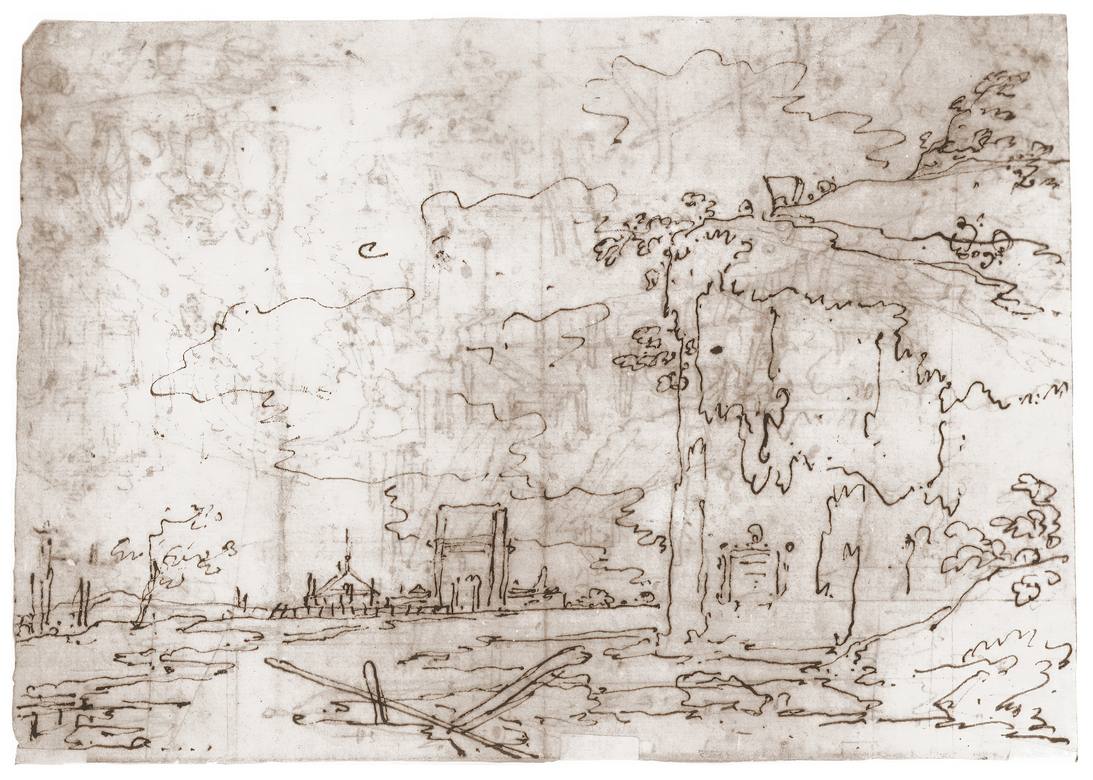
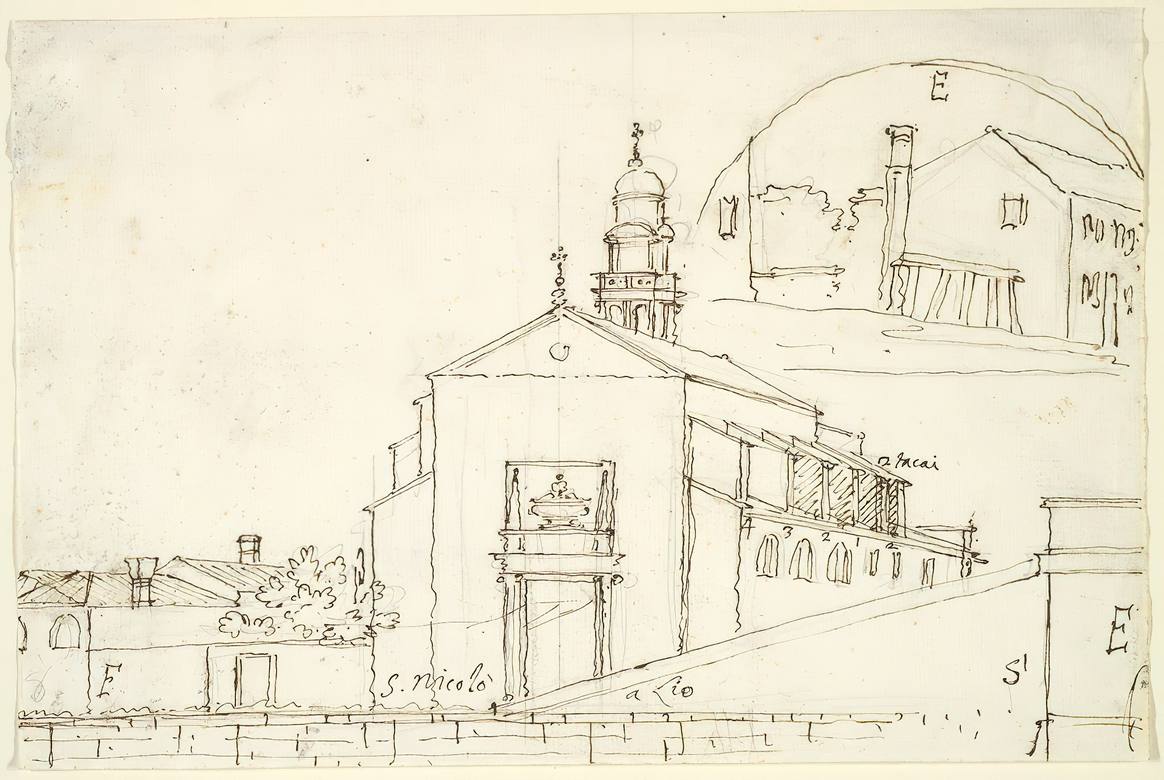
![Canaletto: [1749] - London: The Old Horse Guards and The Banqueting Hall from Saint James's Park - Drawing - Pencil, brown ink and pencil on yellow paper - Gallerie dell'Accademia di Venezia](../images_db/Canaletto_1749__d271_The-Old-Horse-Guards-and-The-Banqueting-Hall-from-Saint-James-s-Park-10769484_a-gp1.jpg)
